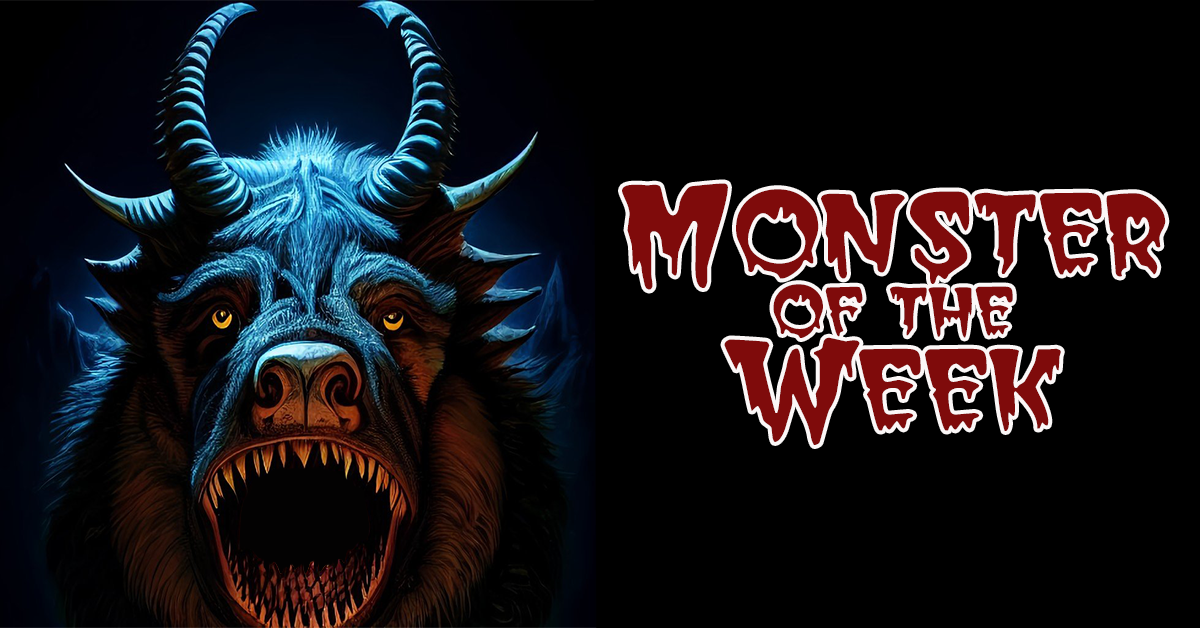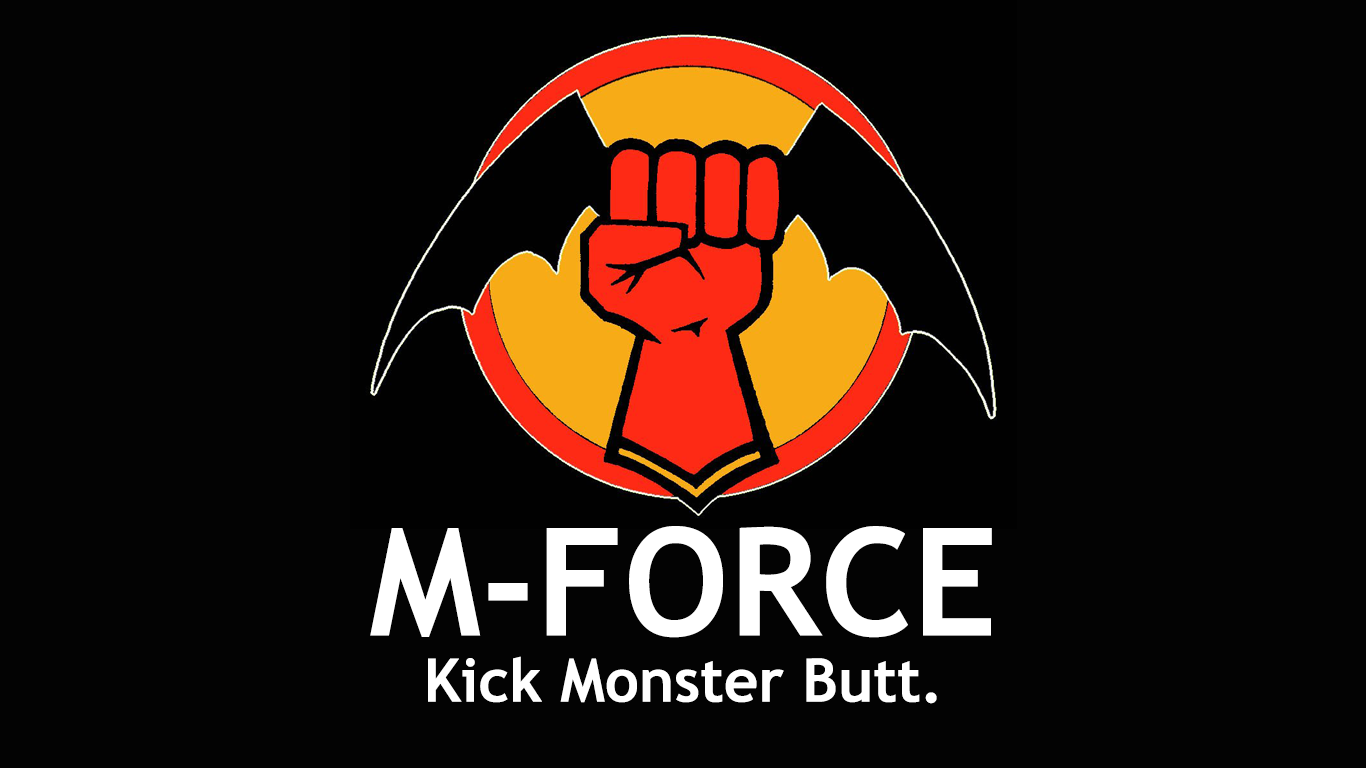We may earn money or products from the companies mentioned in this post.
“The novel is a challenge to vulgarization: write something that looks new to you: someone will point out that the thrice-accursed Greeks said it long ago.”–Charles Fort
As Fort observes, there really aren’t any new ideas. The best you can really hope for is to mix old story elements in a new and interesting way that people will like. Most people are reluctant to admit that when they first start doing creative stuff, often to the point of denying obvious and unavoidable influences. “Oh, it’s nothing like Lord of the Rings,” they’ll say. “That was all about a magical ring. My trilogy is all about a magical necklace.” I’m sure I’ve been guilty of that kind of nonsense before myself, but the more I’ve done the more I’ve begun to wear my influences on my sleeve. In fact, I’ve found that understanding how all the different influences fit together can be an incredibly useful, at least when it comes to designing games.
You’ve probably stumbled across an Influence Map on an artist’s or writer’s blog at some point. Basically, it’s a grid of images of different sizes showing what people and things influence the creative process of the person who made the graphic. The bigger the image, the bigger the influence. While I’m sure the idea’s been around since long before the internet, as far as I can tell the meme template most people use is from DeviantArt user fox-orian. You can get a copy of it here. For some reason I woke up a couple of days ago with an idea in my head about using an Influence Map when designing a new campaign or game setting.
Actually, the mental image floating in my head as I woke up was of an image map for a specific game. It’s a game about Appalachian moonshiners in the 1920s world of Hobomancer that’s been floating around in my head for a few years now. The working title at the moment is “Outlaws of Goblin Horror.” I used it as the basis for some examples in my latest Hubpages article (which I’ll be posting early next week). I’d just finished writing the article before I went to bed the night before, which is probably why it was scratching at my brain. I’ve got several projects I need to finish before I can even start to work on Goblin Holler, but I decided to try making an Influence Map anyway, partly to see if the idea works and partly to kickstart my brain again whenever I do get around to writing the game. Here’s what I came up with:

- Hobomancer and American Artifacts get a big chunk of space because Goblin Holler is set in the same world a few years before and slightly overlapping the default time period of Hobomancer and these two books set the tone I’m going for.
- This is a collection of Manly Wade Wellman’s Silver John stories called Who Fears the Devil?. Leighton discovered it while we were working on Hobomancer and sent copies to several of us for Christmas. When we read them, the general reaction was “that’s almost exactly what we’re going for.” The only major difference is that Silver John (sometimes called John the Balladeer) is more of a drifter than a hobo. Since the Silver John stories are set in Appalachia and draw on a lot of real folklore from the region, they’re likely to be an even bigger influence on Goblin Holler.
- Nick Cave and John Hillcoat’s movie Lawless is what mainly inspired the Goblin Holler Idea in the first place. I was particularly intrigued by the almost legendary qualities attributed to the family, and Tom Hardy’s character in particular (even to the point where he bought into his own legend). For the game, I’m thinking that the default assumption is that the PCs are all part of the same family and have to come up with a family myth that almost works like a magical power. Sort of a group Hobo Power.
- One of the early roadblocks I hit was the old “so what do the players actually do during a game?” question. Car chases and shootouts need context and moonshine wars are a long-term story arc, so the mid-level “adventure” story set-ups weren’t immediately obvious. As I talked it out with Richard (Smith, author of IMP) one day, we came up with the idea of individual adventures being mostly about helping out neighbors who were in some kind of trouble. We almost immediately realized that, sure as a one-legged duck swims in a circle (actual Waylon Jennings line from the show), “moonshiners helping neighbors in trouble” is exactly the plot of The Dukes of Hazzard.
- Thunder Road’s mainly here for the car chases. This game might actually give me a chance to do something with the “car magic” idea that’s been floating around in my head for a long time.
- This is the J.D. Wilkes block. It was originally just going to be Seven Signs, a documentary by Wilkes about fascinating but disappearing pieces of southern culture and folklore. Since the pic didn’t quite fill the grid, I threw in his Grim Hymns comic as a reminder of the supernatural element of the game and a Shack Shakers album for soundtrack purposes. The Shack Shakers album stands proxy for several other current bands that have the right vibe for Goblin Holler, including Wilkes’ other band, The Dirt Daubers, Split Lip Rayfield, Slim Cessna’s Auto Club, The Hooten’ Hallers, Uncle Skunkle and the Scarecrow Family Band, and Pokey LaFarge and the South City Three.
- This block, which includes a stack of Foxfire books, Botkin’s Treasury of American Folklore, a random album of Appalachian music, and a Hatfield-McCoy historical marker is a reminder that there’s a lot of great stuff in real history and folklore that I need to steal.
- Despite the writers’ terribly flawed understanding of Kentucky geography, the Appalachian setting is a big part of Justified and there’s definitely some stuff in the three or four seasons I’ve seen that might serve as inspiration for Goblin Holler. I specifically chose an image where Boyd is in the foreground since Goblin Holler isn’t about the lawmen.
- If you’ve read any game I’ve ever done, it shouldn’t surprise you that I’m a big fan of quirkiness, and there’s no better example of Appalachian quirkiness than the White Family of Boone County, West Virginia. I chose the Dancing Outlaw over The Wild and Wonderful Whites of West Virginia out of personal preference for the more Jesco-centric version and because the original is a real documentary. The Johnny Knoxville update feels a little too much like a reality show pilot for my tastes.
- Joe R. Lansdale is probably best known as the author of Bubba Ho-Tep, which was made into a movie starring Bruce Campbell. He also wrote (and Tim Truman drew) three great Jonah Hex mini-series that were published by DC’s Vertigo line in the 90s. A lot of his fiction is set in Texas, not Appalachia, but it has a tone that’s sort of like To Kill A Mockingbird if To Kill A Mockingbird was spooky as hell, so he definitely fits here.
After doing the Influence Map, I don’t really know much more about the Goblin Holler game than I did when I started, but I feel like I have a better grasp of what I want the game to be. I’ve also got a handy reminder of things to (re-)read and (re-)watch between now and whenever I sit down to start writing. The Influence Map (and this article, if I draw any blanks when I look at the graphic) also gives me a handy reference tool to get my head back into the right space when I start working. The images are much more evocative and inspiring than a list would be and the different sizes remind me how important I think (at least right now) each influence is to the core concept. All in all, I think it was definitely worth the time and effort and encourage you to give it a try. If you do, feel free to share a link to your Influence Map either in the comments here or through the Hex social networking page of your choice. I’d love to see how easy it is to “read” one I didn’t make myself.
If you enjoy what I do, consider becoming a patron.






